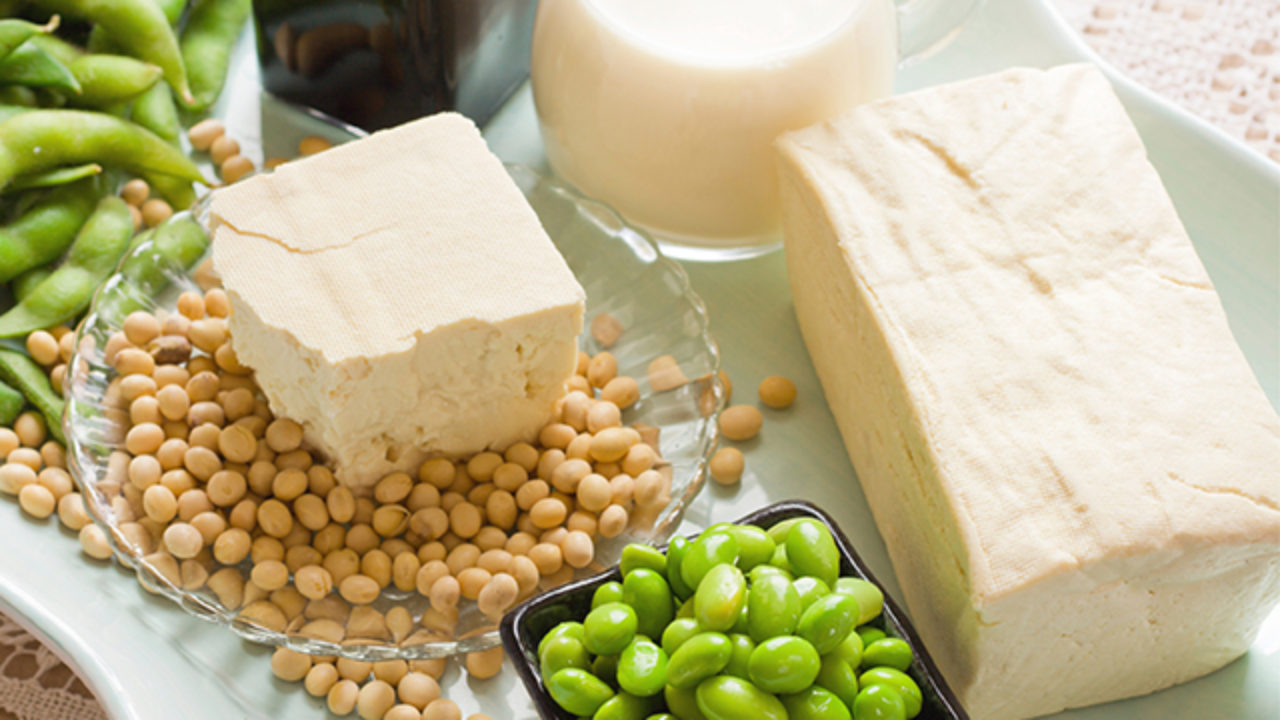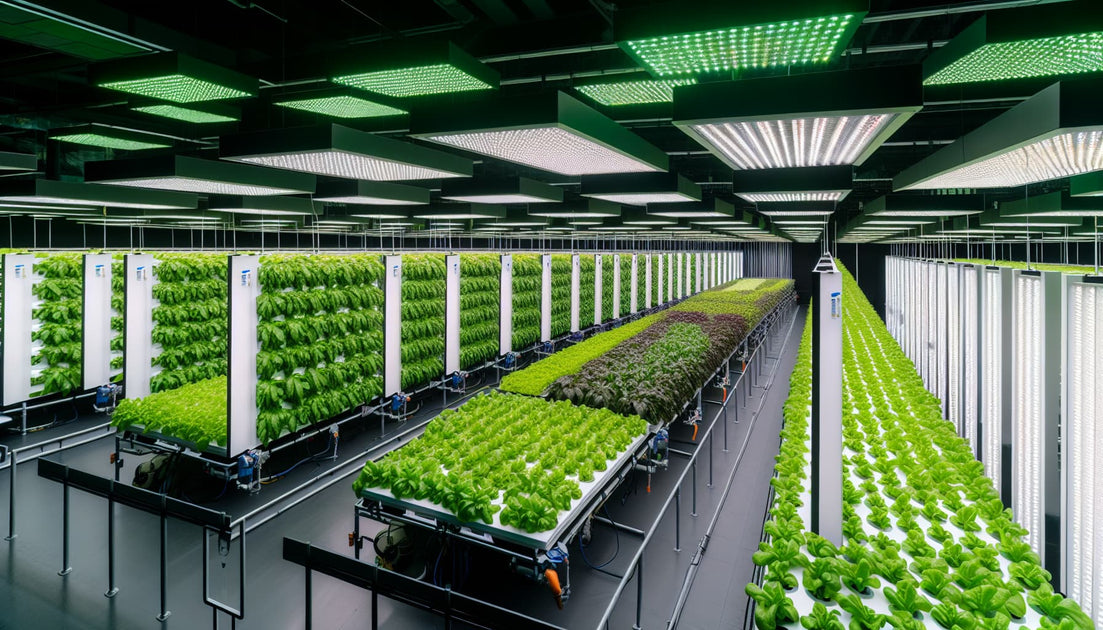Your cart is currently empty.

We’re all trying to be a little healthier these days, one step at a time. Whether it’s exercise, meditation, or even a new CBD routine, there are so many ways to adjust our daily routines and take steps towards better health. One popular lifestyle adjustment being made is the switch to vegetarian and vegan diets.
Whether it’s for your health, for the sake of animal activism, or a bit of both, vegan diets can be a great way to eat healthier. And despite what you may have heard, they don’t have to be comprised entirely of boring “rabbit food.” There are lots of delicious recipes and alternative ingredients so you don’t have to miss out on all your favorite foods.
One of these alternatives is the now-infamous tofu. If you’ve heard the horror stories, if you’ve never tried tofu (or even if you’ve had it prepared less-than-perfectly), don’t run for the hills just yet. Tofu can be a fickle ingredient to cook with, but with a little advice and a little practice, you can make tofu that would even impress Ron Swanson.
Here’s what you’ll learn in this article:
- What is tofu?
- Why hemp instead of soy?
- How to make your own hemp tofu
- Where to buy the hemp tofu where to buy online

So what is tofu anyway?
Besides that alien, jiggly, white cube that we’ve seen lurking in health food sections at the grocery store and skulking around more and more restaurant menus, what is tofu, really? In short, tofu is coagulated, pressed soy protein. While that may not sound appetizing right up front, cheese is basically just coagulated milk and it’s delicious.
It’s thought that tofu was discovered over 2,000 years ago when a Chinese chef who accidentally got nigari (a coagulating agent) in their freshly made soy milk. The result was a sort of curdled, coagulated protein mess that the chef then strained through cheesecloth and pressed into a block (just like making cheese). Since then, tofu has become a popular and affordable source of protein and other nutrients for vegetarians and meat-eaters alike.
Hemp vs Soy
Although most tofu is made from soy protein (derived from soybeans), that’s not always an option for all of us because soybeans can cause allergic reactions. In fact, for some people, soy can be quite deadly; a soy allergy can present itself as mildly as some swelling of the lips and mild hives, or it could be as severe as complete anaphylaxis (picture severe bee sting allergies that require an epipen and a trip to the hospital). So then it goes without saying that there are those of us that would like to opt for tofu as part of a vegan diet, but traditional soy tofu simply isn’t an option.

Fortunately, amongst the thousands of other developments in the world of hemp, one is the ready availability of hemp seed hearts. These are shelled, raw hemp seeds that can be enjoyed raw right out of the bag, or they can be made into a host of other things. They also make a perfect substitute for soybeans when it comes to making your own tofu at home!
Although hemp seeds are packed with cannabis sativa seed oil, that shouldn’t be confused with what is now commonly referred to as hemp oil or CBD oil. “Hemp oil,” particularly when not accompanied by an actual amount of CBD in the product, can refer to oil which has been extracted from the whole hemp seed and is mostly full of the same omega fatty acids as our hemp seed hearts, which will sometimes contain small amounts of CBD and other cannabinoids (always make sure to read the whole label on these products!). “CBD oil” is usually reserved for products made from a very specific, measured amount of CBD-rich oil (usually full-spectrum oil), which can offer the many benefits of CBD. The oil from hemp seed hearts will be completely free of cannabinoids, but it is loaded with lots of healthy fats such as Omega 3 and Omega 6, so your tofu will be extra nutritious.

How do I make my own hemp tofu?
Believe it or not, the process of making tofu at home is much simpler than the peculiar, gelatinous protein block might suggest. We’ll break down the whole recipe - the ingredients, the tools needed, and the process - so that it’s as simple as can be. Make sure you read the whole thing before you dive into cooking because there are a couple of unique tools that are needed and a few steps of the process that must be done with a bit of patience and care.
The Ingredients
Hemp Seed Hearts
These are pretty much your bread and butter when it comes to making your own hemp tofu. Although any raw, hulled hemp seed hearts will do the trick, we like using these organic hemp seeds for our tofu. They’re affordable and 100% organic, so you know you’re getting the highest quality hemp seeds possible without overspending. They’re also great for snacking, adding to salads, or even for an extra nutrient-rich additive for your smoothies.
Nigari

This is perhaps one of the lesser-known parts of the tofu making process, and it’s an ingredient that is widely unknown altogether. Nigari is what’s leftover after extracting salt from seawater. It’s a coagulant that’s packed with minerals from the sea. Its coagulating property is what helps the proteins in hemp milk to bond together and start the process of forming tofu into the wobbly, jello-like block to which we’re accustomed, but it can also be used as you would use salt in many different cooking applications. This brand is both high-quality and low-cost, so you won’t have to make a huge investment to start making tofu.
Water
You can’t make tofu without a bit of water. This will be used to emulsify and cook the hemp seeds to extract all the proteins and fats we’re after. Fortunately, if your tap water is good enough to drink, it’s good enough for making tofu.
The Toolkit
Blender
First off, you’ll need a blender or food processor. It doesn’t need to be anything especially nice or high-power; hemp seeds will blend up pretty easily in 30-60 seconds on medium-high speed.
Saucepan
Any medium saucepan you have around your kitchen will work for this job. You’ll be simmering your hemp milk in this pan to encourage coagulation of proteins into the meaty blobs we’re after.
Cheesecloth or Nut Milk Bag
This is another important part of the tofu-making process. You can go with cheesecloth or a nut milk bag - either will do a fine job in this application. You’ll need one of these to strain the liquid out of your tofu a couple of times throughout the process, so don’t skip out on this tool.
Tofu Press

The last tool we’ll need for this process is the tofu press. While it may be possible to make tofu without one of these, take our word for it when we say that you won’t want to skip out on this handy gadget. It will help you press more liquid out of your tofu and shape it into the traditional cube found in commercial tofu products, which will help in the preparation of lots of different tofu-based dishes.
The Process
Recipe
- 1 cup hemp seeds (about 160g)
- 3.5 cups water (about 850ml)
- ½ tsp Nigari dissolved in ⅓ cup water
Process
- Add the hemp seeds and water to your blender or food processor and run on medium-high speed until very smooth (30-60 seconds).
- Strain the blended mixture through your cheesecloth or nut milk bag, making sure to squeeze out every bit of liquid you possibly can (the remaining dry seed pulp in the bag can be turned into hemp flour for use in baked goods).
- Add your hemp milk (the liquid you just drained off of the seeds) to your saucepan and heat over medium heat until simmering (there may be some curdling already occurring).
- Remove from the heat, let cool for 5 minutes, then stir in the Nigari/water mixture and let it rest for 20 minutes (set a timer - you don’t want to leave this step too long!).
- Line your tofu press with your clean cheesecloth or nut milk bag (it’s also wise at this point to place the tofu press in a large mixing bowl or on a rimmed sheet pan to catch any overflow - and there will be some overflow).
- Scoop the hemp curds into the tofu press, fold one side of the cheesecloth over the top of the curds, and gently press the top of the tofu press down to start shaping your “hempfu.”
- Place a small, weighty object (like a jar of pasta sauce or a couple of cans of beans) on top of the press and let it rest in the fridge for about an hour.
After this, you’ll be ready to pull your hemp tofu out of the press and use it in your favorite recipes. We found this tofu to be soft enough to use in a scramble, but if you’re careful in its preparation, it can also be roasted or fried into a delicious “meaty” treat.
Where can I buy hemp tofu?
If the process of making hemp tofu where to buy doesn’t strike you as something to try in your spare time, or if you just don’t want to make the initial investment to start making hempfu at home, you can always buy these great premade products. Hempeh from Smiling Hara comes in three awesome flavors to match up with any of your favorite dishes; we’re especially fond of the Asian Miso Ginger Hempeh.

Conclusion
Whether it’s for yourself, for the animals, for the environment, or some combination thereof, making the switch to a vegan diet (or even just substituting a few meals a week with non-meat options) can be a great way to eat healthier and help conserve the environment from the detriment of commercial farming. If soy allergy has stopped you from trying tofu, this great option will let you expand your menu without fear of allergens. And if you’re convinced tofu can’t be delicious, try this and thank us later:
- Dice tofu into ¾ in. cubes
- Toss in olive oil and plenty of salt and pepper
- You can also throw on other seasonings like garlic powder, onion powder, and smoked paprika for more flavorful tofu bites
- Roast at 400F/204C on a parchment-lined sheet pan for about 30-40 minutes, until the tofu is golden brown and slightly crispy/chewy
- Eat as is, use on a salad, or use in place of the protein in your favorite stir-fry recipe
. Written by Megan Medeiros (BA)
Written by Megan Medeiros (BA)
Megan Medeiros has a bachelor’s degree in English and is currently working on a master’s in English at James Madison University. She's the owner and operator of Medeiros Writing, and has been working as a cannabis writer for the past three years, mostly following the legal climate of marijuana, especially in areas like California, Colorado, Oregon, Canada, and other legal areas.
This post contains references to products from one or more of our advertisers. We may receive compensation when you click on links to those products. For an explanation of our Advertising Policy, visit this page. All photos were sourced from Pinterest.com | updated 2021





